If you’re wondering whether backcountry skis work at a resort, the short answer is: they can, but they’re not ideal. Backcountry skis are lightweight for uphill climbs and powder, but they can feel shaky on groomed trails. Resort skis, on the other hand, are heavier and built for speed and control on packed snow, though they’re less versatile. And then there’s Snowfeet’s short skis - compact, easy to use, and a fun middle ground for both.
Here’s the breakdown:
- Backcountry Skis: Great for off-piste and touring, but less stable at high speeds on hard-packed snow.
- Resort Skis: Perfect for groomed runs and carving, but heavy and not suited for backcountry.
- Snowfeet Short Skis: Lightweight, portable, and compatible with regular boots, but not ideal for long, fast runs.
Each type has its pros and cons, so your choice depends on how and where you plan to ski. If you’re looking for flexibility and simplicity, Snowfeet’s short skis might be worth a shot. :)
Backcountry vs. Resort Skiing on the SAME DAY
1. Backcountry Skis
Backcountry skis are all about tackling the wild - designed to handle uphill climbs and downhill thrills on untouched terrain. They’re built lighter than your standard alpine skis, which is a huge plus when you’re spending hours trekking through varying conditions. This lightweight design, made possible by specialized materials, makes them perfect for deep powder and those adventurous backcountry routes.
But here’s the trade-off: that lightweight build can feel less stable when you’re cruising at high speeds on firm, groomed resort runs. Traditionally, backcountry skis have longer profiles to help float through deep snow. Enter Snowfeet’s WALKSKI - a game-changer at just 100cm. This shorter design amps up agility and control on groomed slopes, offering a unique mix of backcountry flexibility and resort-ready performance. It’s a great pick for skiers who want a ski that’s nimble in deep powder but still holds its own on hard-packed snow.
That said, traditional backcountry skis often have a softer flex and lighter construction, which can make them less precise on hard-packed or icy conditions. Up next, let’s dive into how resort skis stack up in comparison.
2. Resort Skis
Resort skis are built to shine on packed snow and icy conditions. Traditional alpine skis from well-known brands like Rossignol, Salomon, and Völkl usually weigh between 3.5 to 5.5 pounds per ski. That’s quite a bit heavier than many backcountry options, and the reason lies in their construction. These skis feature dense wood cores, metal layers, and reinforced designs aimed at high-speed carving and tackling aggressive turns.
The extra weight isn’t just for show - it’s what gives resort skis their stability. When you’re flying down a steep groomer at over 40 mph, that added heft keeps the skis steady and predictable on hard-packed snow. Lighter setups might feel twitchy in the same conditions. Resort skis typically range from 150 to 180 cm in length and have wider profiles to enhance stability on firm snow.
But all that performance comes with some trade-offs. For one, the price tag can be steep - expect to pay anywhere from $600 to $1,200, and that’s without bindings. Plus, the heavier weight can wear you out faster, especially in tighter terrain. Resort skis are designed for groomed slopes, so they’re not great for backcountry adventures. They also struggle in deep powder and can feel clunky in narrow, off-piste areas, often requiring aggressive techniques to handle well.
This is where Snowfeet’s WALKSKI steps in as an alternative. At just 100 cm (about 39 inches), it offers a unique mix of stability on groomed runs and much better agility. The lighter design helps reduce fatigue, making it a versatile option for those who want a balance between resort performance and backcountry maneuverability.
sbb-itb-17ade95
3. Snowfeet* Short Skis (Skiblades, Mini Skis)
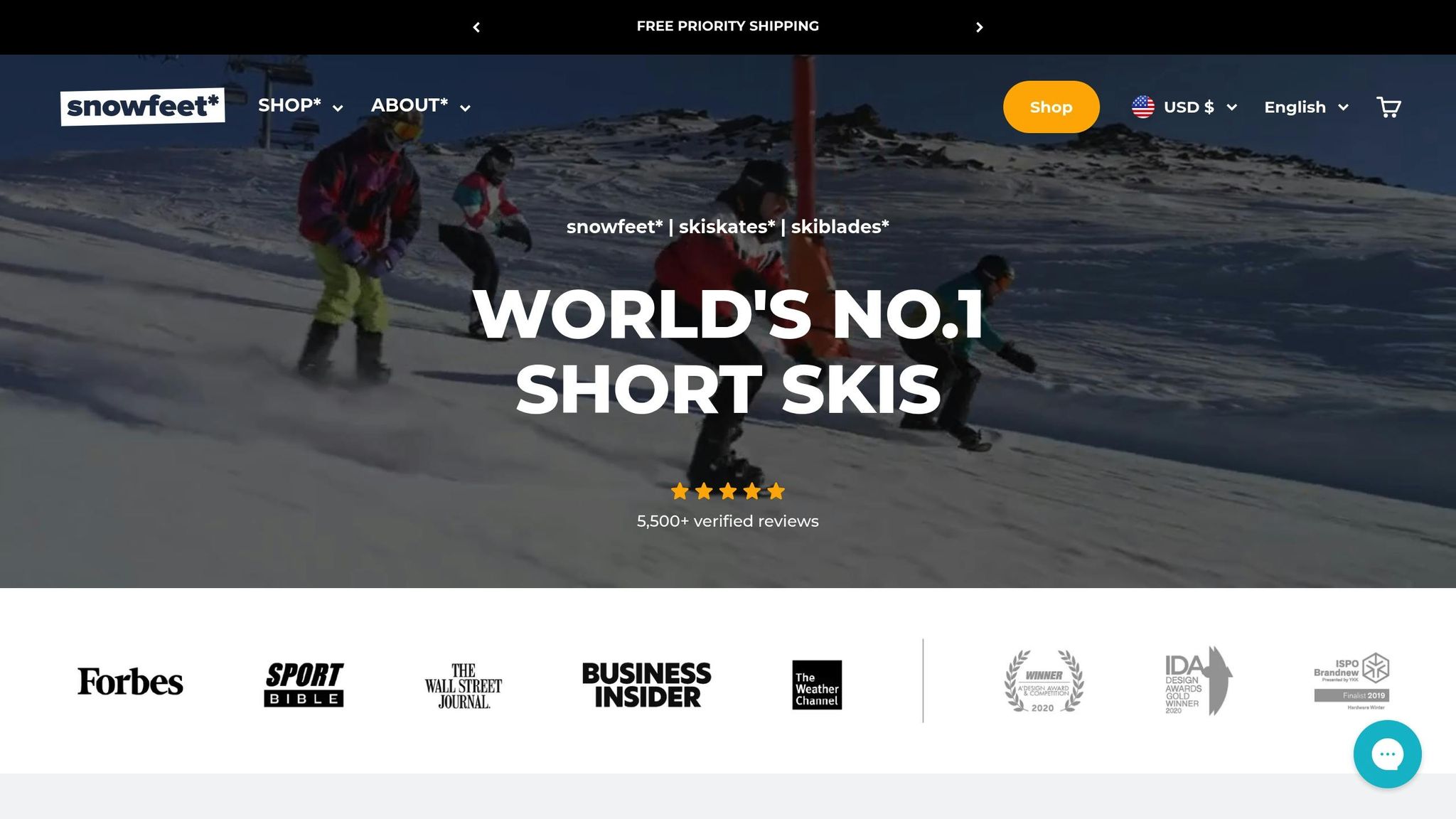
Snowfeet* takes a fresh approach to skiing with their lineup of short skis, offering an alternative to the longer skis favored by brands like K2, Atomic, and Head. Their philosophy? Shorter skis can deliver big advantages for a lot of skiers.
Their resort collection includes Skiblades (65 cm and 99 cm) priced at $635 and $675, and Short Skis (120 cm) for $775. These skis are lightweight and designed for easy maneuvering, which translates to a fun and responsive experience on the slopes.
Where these skis really shine is in speed and control. Thanks to their shorter length, you can carve tighter turns with less effort, all while staying more relaxed and less fatigued than you might on traditional alpine skis.
The 99 cm Skiblades are especially versatile, performing well on groomed trails and even in terrain parks. Plus, Snowfeet* has made their skis compatible with regular winter or snowboard boots, so there’s no need to invest in a full ski setup. This not only saves money but also makes it easier for newcomers to get started.
Another big win? Portability. Forget about roof racks or bulky ski bags - Snowfeet* skis are compact enough to fit in a backpack or your car trunk, making them perfect for quick, last-minute trips to the mountains.
For those looking to explore beyond the resort, Snowfeet* offers the WALKSKI Backcountry Touring Skis (100 cm). These combine stability with agility and are designed for touring, giving you the freedom to tackle off-piste adventures - something that’s often trickier with traditional alpine skis.
Pros and Cons
Each type of ski brings its own strengths and weaknesses to the table, helping you decide what works best for your time on the slopes.
Backcountry skis are all about versatility and uphill efficiency, thanks to their lightweight design. They’re great for touring and off-piste adventures. However, their softer flex and narrower waist can make them less stable at high speeds on hard-packed snow compared to traditional resort skis.
Traditional resort skis, on the other hand, shine on groomed terrain. Built with a stiffer construction and wider profiles, they offer excellent stability and edge grip, making them perfect for high-speed runs. The downside? They’re heavier and less portable, and they require specialized boots and bindings.
Then there’s Snowfeet* short skis, which take a different approach. Their compact size makes them highly maneuverable, allowing for quicker turns than traditional longer skis. The 99 cm Skiblades are ideal for terrain parks and weaving through tight tree runs, while the 120 cm Short Skis provide more stability for faster speeds. Let’s break it all down in the table below:
| Ski Type | Best For | Main Advantages | Key Drawbacks |
|---|---|---|---|
| Backcountry Skis | Off-piste exploration, touring | Lightweight, great for uphill travel | Less stable at high speeds |
| Resort Skis | Groomed runs, high speeds | Excellent stability, strong edge hold | Heavy, less portable |
| Snowfeet* Short Skis | Quick turns, parks, beginners | Compact, easy to learn on, uses regular boots | Not ideal for long, high-speed runs |
Snowfeet* short skis also simplify skiing in ways traditional setups don’t. They eliminate the need for expensive, specialized gear by working with regular winter or snowboard boots, making them a fantastic option for both first-timers and experienced skiers. Plus, their compact design means no need for roof racks or bulky bags - they’re small enough to fit in a backpack or your car trunk. With prices ranging from about $635 to $775, Snowfeet* skis offer a budget-friendly and convenient alternative to traditional setups.
Conclusion
Can you use backcountry skis at the resort? Sure, but they’re not exactly built for it. Their lightweight construction and softer flex just don’t match the demands of high-speed carving or the firm, groomed runs you’ll find at most resorts.
Backcountry skis are versatile, no doubt, but resort skiing calls for something different. Traditional resort skis are designed specifically for these conditions. Their stiffer build and wider profiles give you the stability you need for fast runs and steep terrain. The trade-off? They can be pricey, and you’ll often need specialized boots and bindings, which can push the cost even higher.
This is where Snowfeet* short skis step in as a game-changer for resort skiing. With prices ranging from $635 to $775, they’re a solid value, tackling some of the biggest drawbacks of traditional skis. The 99 cm Skiblades are perfect for navigating moguls and tight spots, while the 120 cm short skis offer a great balance between control and agility - ideal for a fun day on the slopes.
The real magic of Snowfeet* lies in their simplicity. No need for expensive ski boots - just use your regular winter boots. Plus, they’re compact enough to toss in your backpack, making them perfect for spontaneous ski trips. Whether you’re a beginner looking to keep costs low or an experienced skier wanting to shake things up, Snowfeet* short skis offer a fresh and accessible option.
So, how do you decide? Go with backcountry skis if touring is your main focus and resorts are an occasional detour. Stick with traditional resort skis for high-speed carving and deep powder - if you don’t mind the extra cost. But if you’re after convenience, ease of use, and a new way to hit the slopes, Snowfeet* short skis are worth serious consideration.
FAQs
Are Snowfeet short skis a good alternative to traditional backcountry and resort skis?
Snowfeet short skis bring a fresh twist to skiing, offering a compact and easy-to-handle option compared to traditional skis. Their smaller size makes them a breeze to control, especially for beginners or those who prefer a more casual approach on the slopes. Unlike longer skis, which can feel cumbersome, these short skis shine when it comes to quick turns and navigating varied terrain - even in crowded areas.
Another bonus? They’re super lightweight and portable. You won’t be lugging around heavy gear, and they’re far less intimidating than full-sized skis or snowboards. This makes them an excellent pick for anyone looking to experiment with something new or just enjoy a more laid-back, playful skiing experience. No matter your skill level, Snowfeet short skis are a fun, practical option that’s easy to bring along wherever you go.
What makes Snowfeet short skis a great choice for beginners or casual skiers at resorts?
Snowfeet short skis are a great choice for beginners and casual skiers. Why? They’re lightweight, compact, and super easy to handle. Their smaller size makes turning and maneuvering a breeze, helping new skiers feel more in control. This can be a big confidence booster, especially when learning the ropes or working through tighter areas on the slopes.
Unlike traditional long skis, these are designed to make the learning process smoother. Their compact build lowers the chances of falls, which means less frustration and more fun. Whether you’re just getting started or simply looking for a laid-back skiing experience, Snowfeet short skis make hitting the slopes simple and enjoyable.
Are Snowfeet short skis good for both groomed trails and off-piste terrain, or do they have limitations?
Snowfeet short skis come in three sizes - 65 cm, 99 cm, and 120 cm - and are designed to be super versatile. Whether you're cruising on groomed trails or dabbling in light off-piste terrain, these compact skis can handle it. Plus, their small size makes them incredibly portable and easy to manage, making them a fun choice for skiers of all experience levels.
Of course, shorter skis do have their limits. They aren't the best option for deep powder or high-speed runs because their smaller surface area can affect stability and performance in those conditions. But if you're looking for something convenient, adaptable, and a bit different from the usual bulky skis or snowboards, Snowfeet short skis are definitely worth considering.

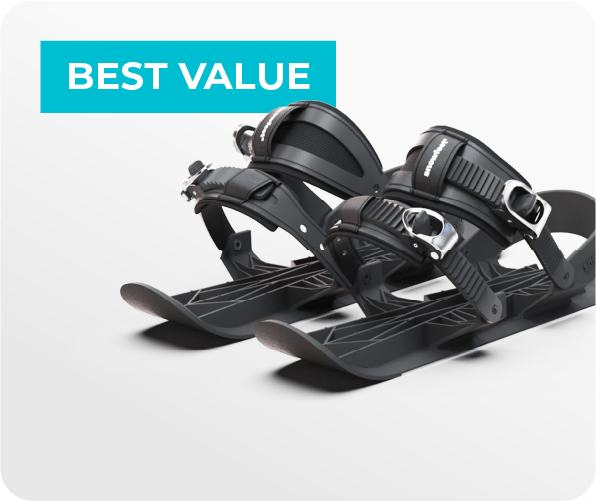



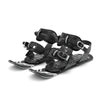
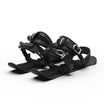
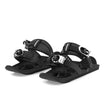

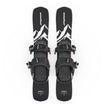
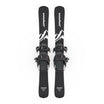

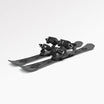
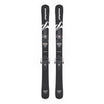
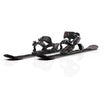
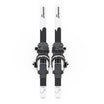


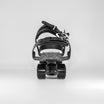

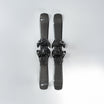


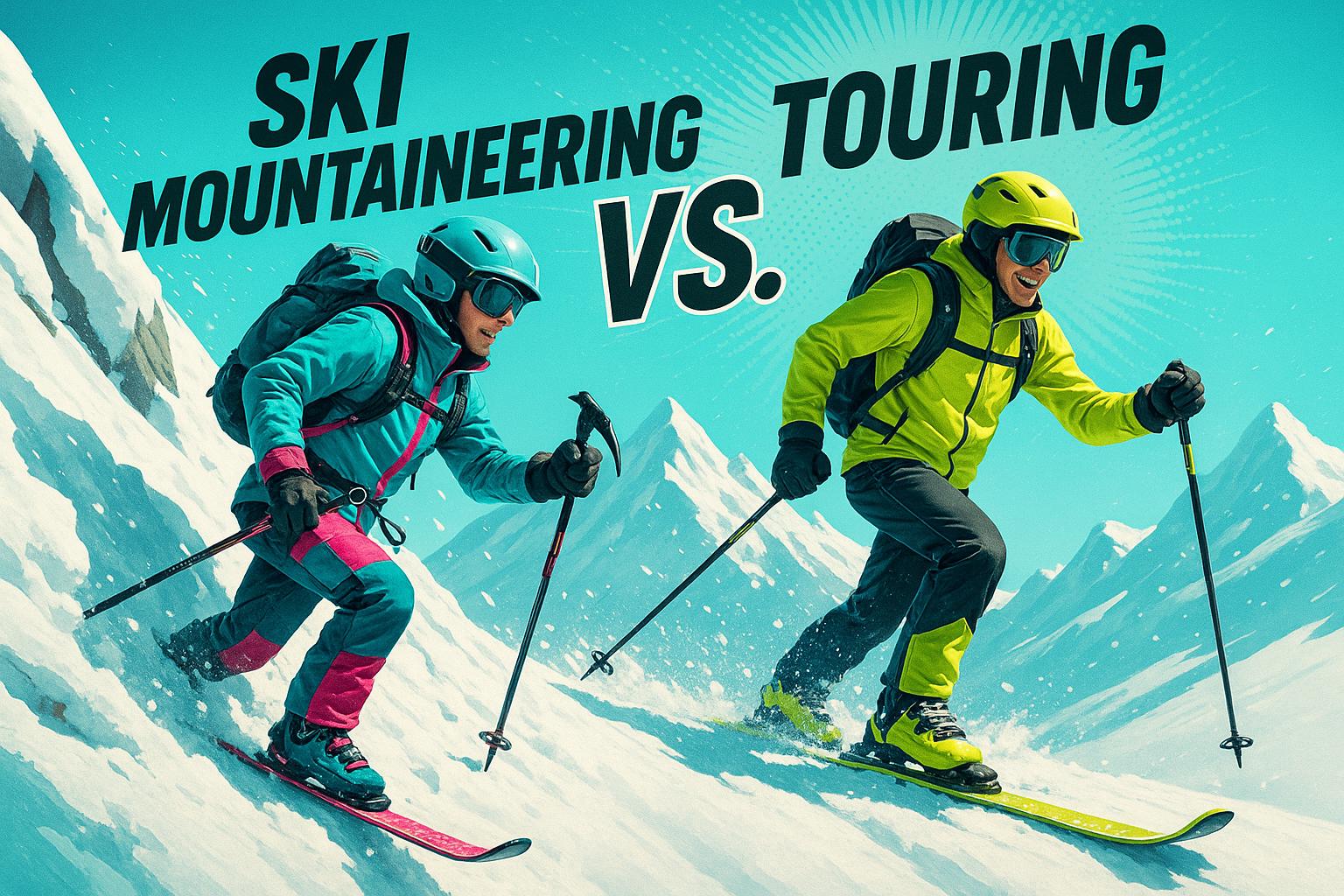
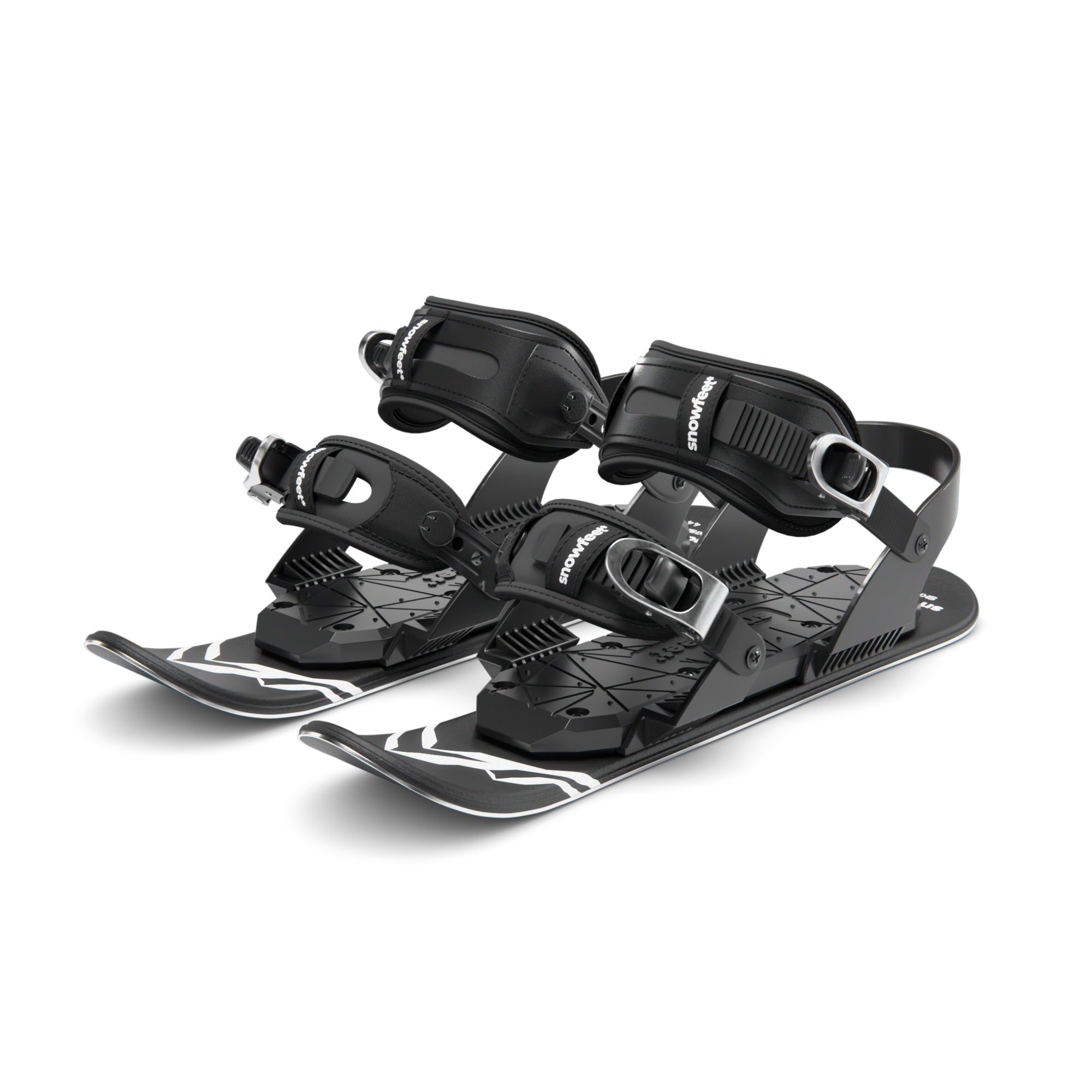
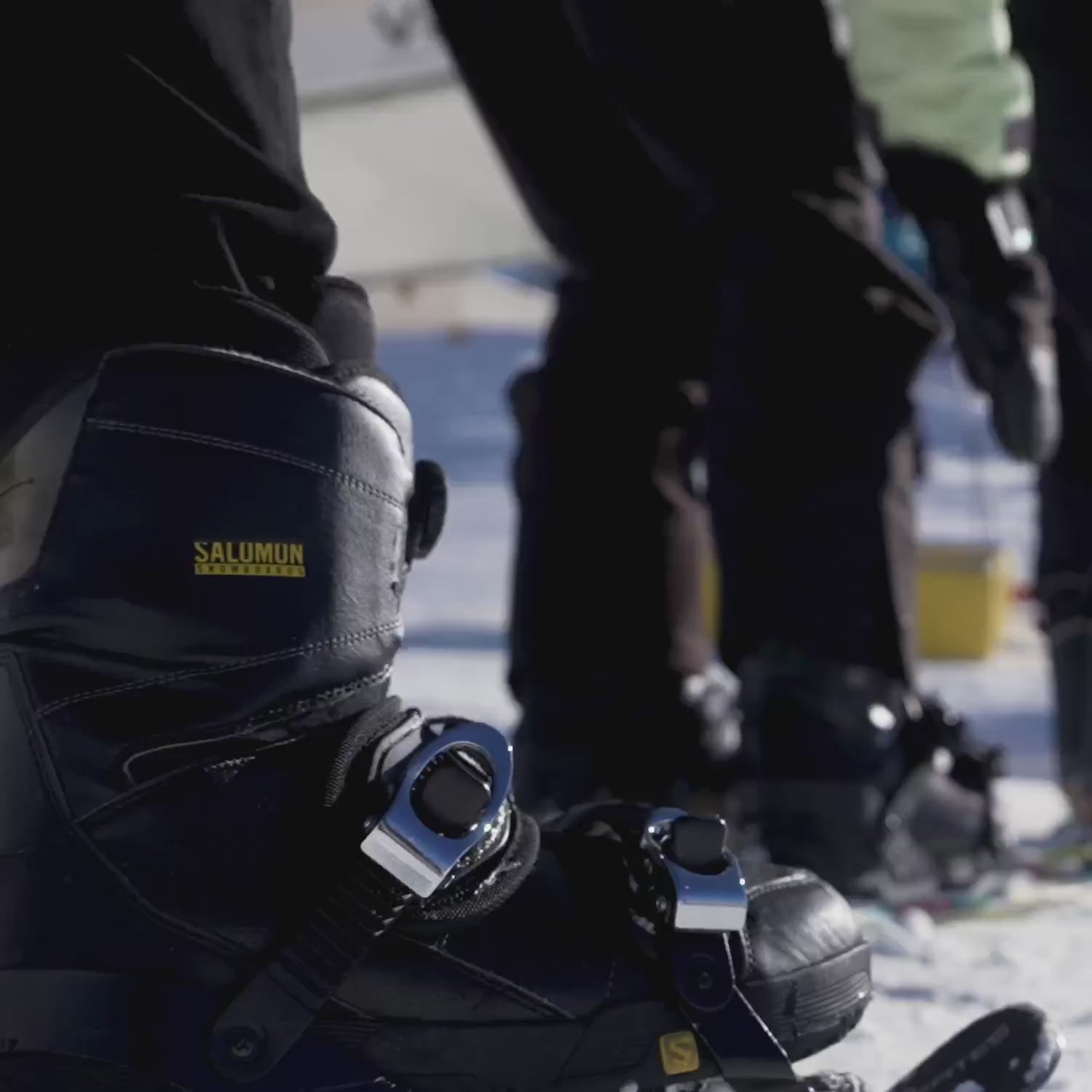
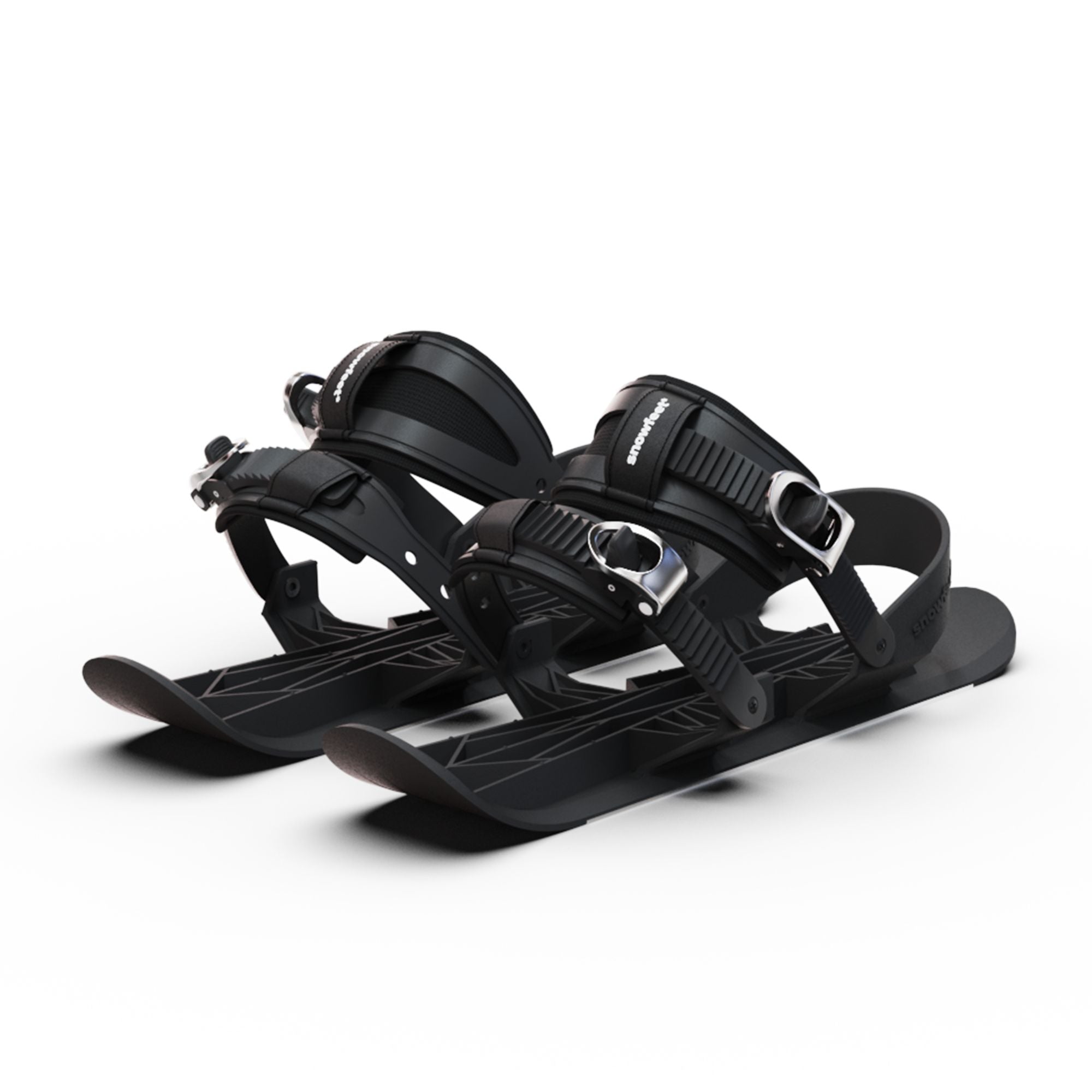
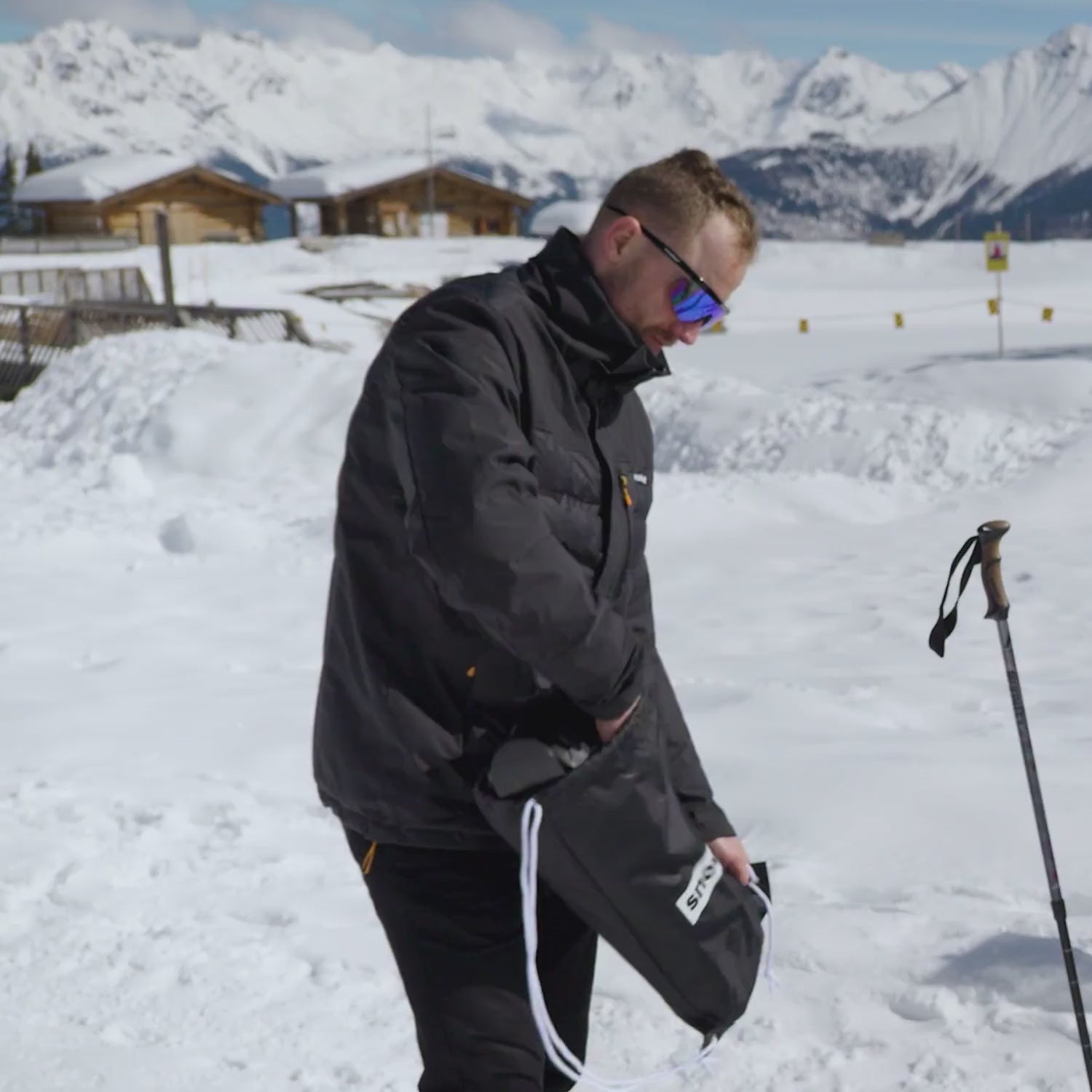
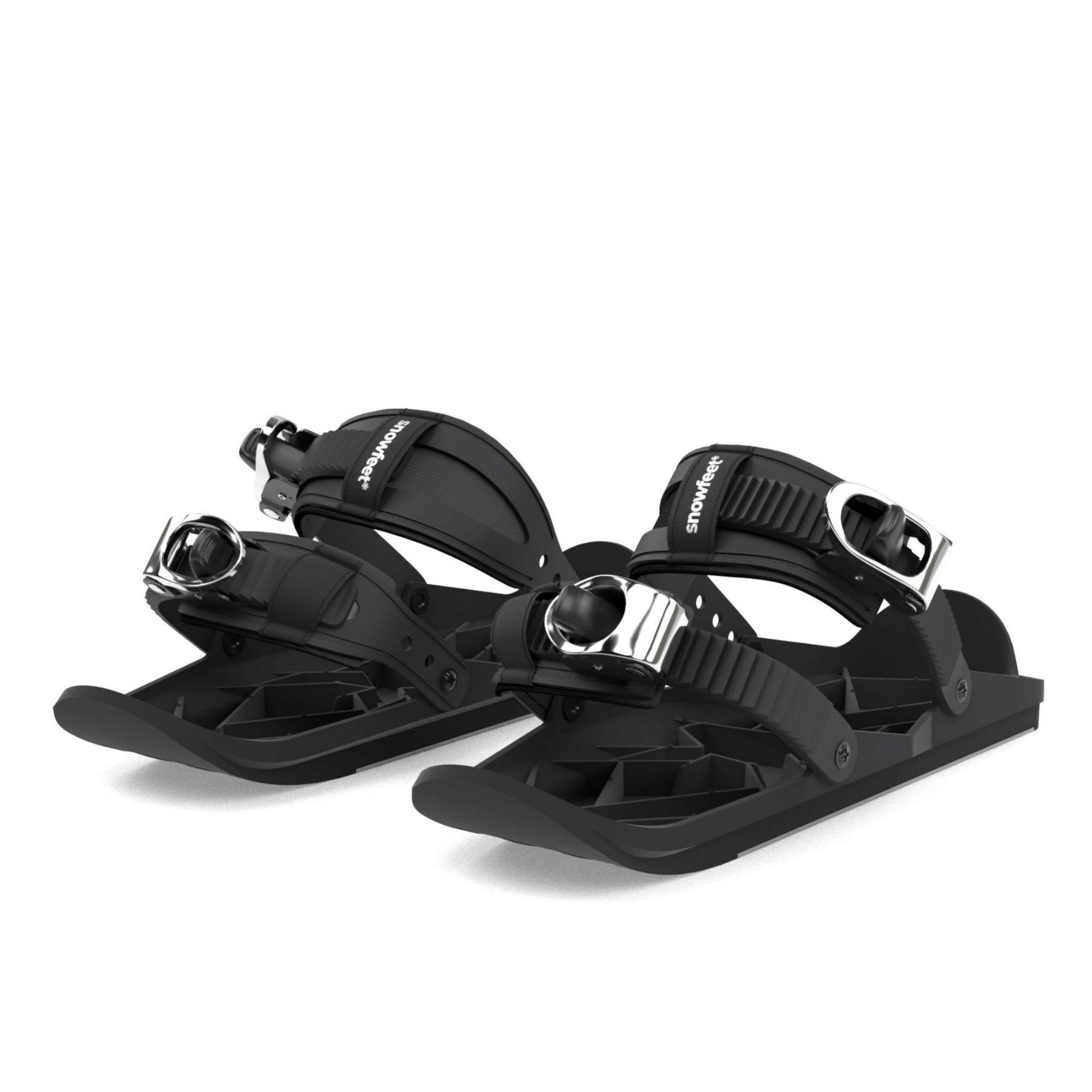
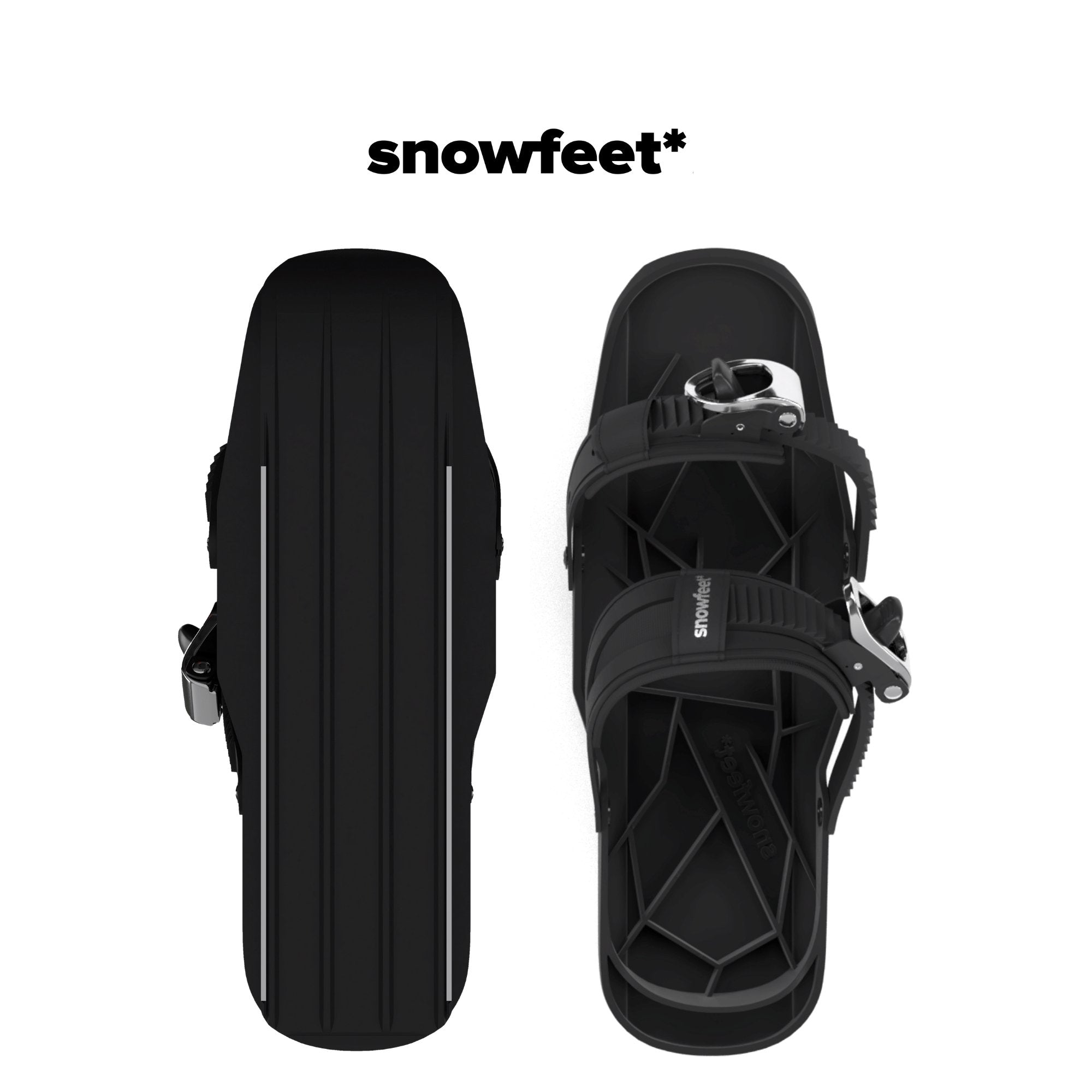
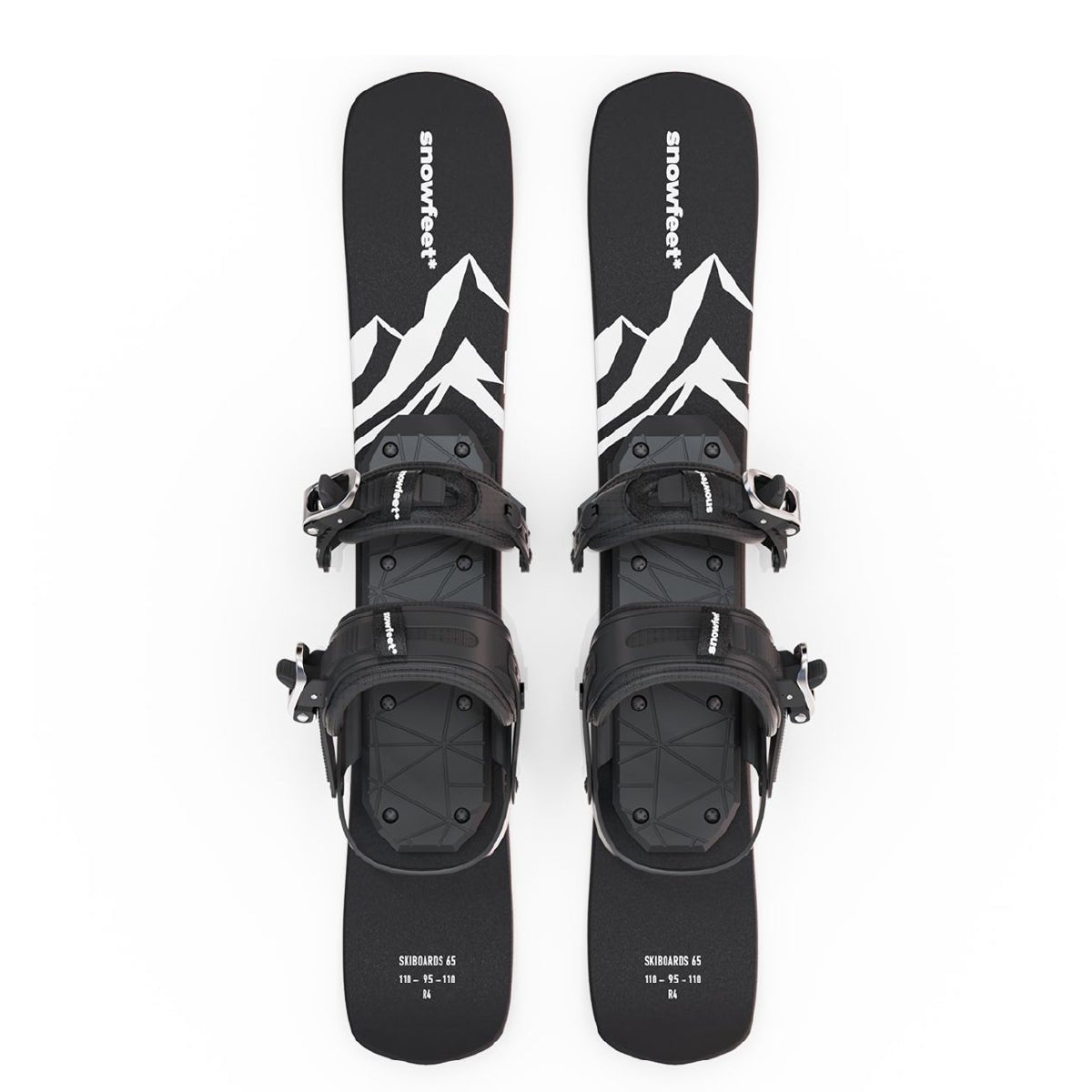
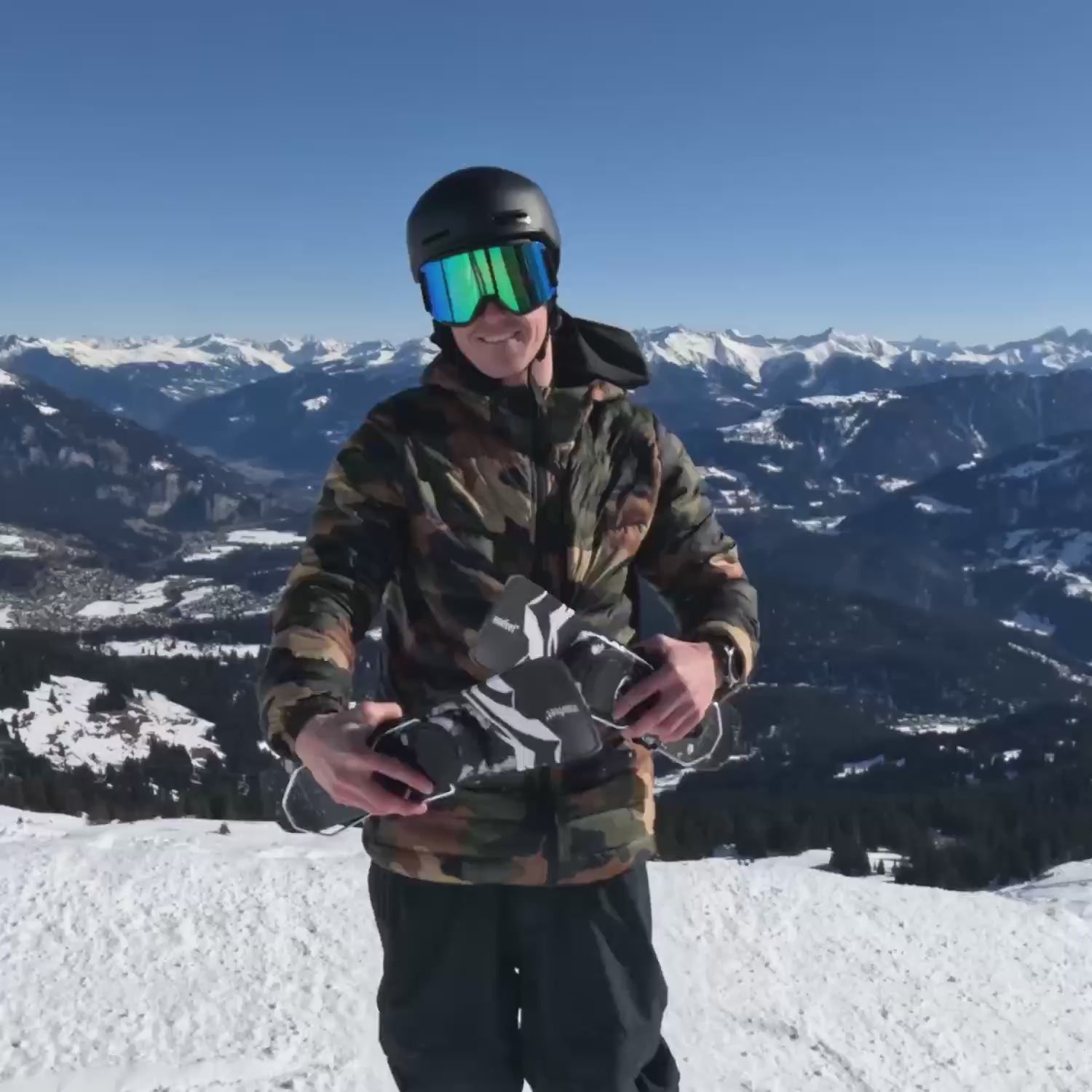
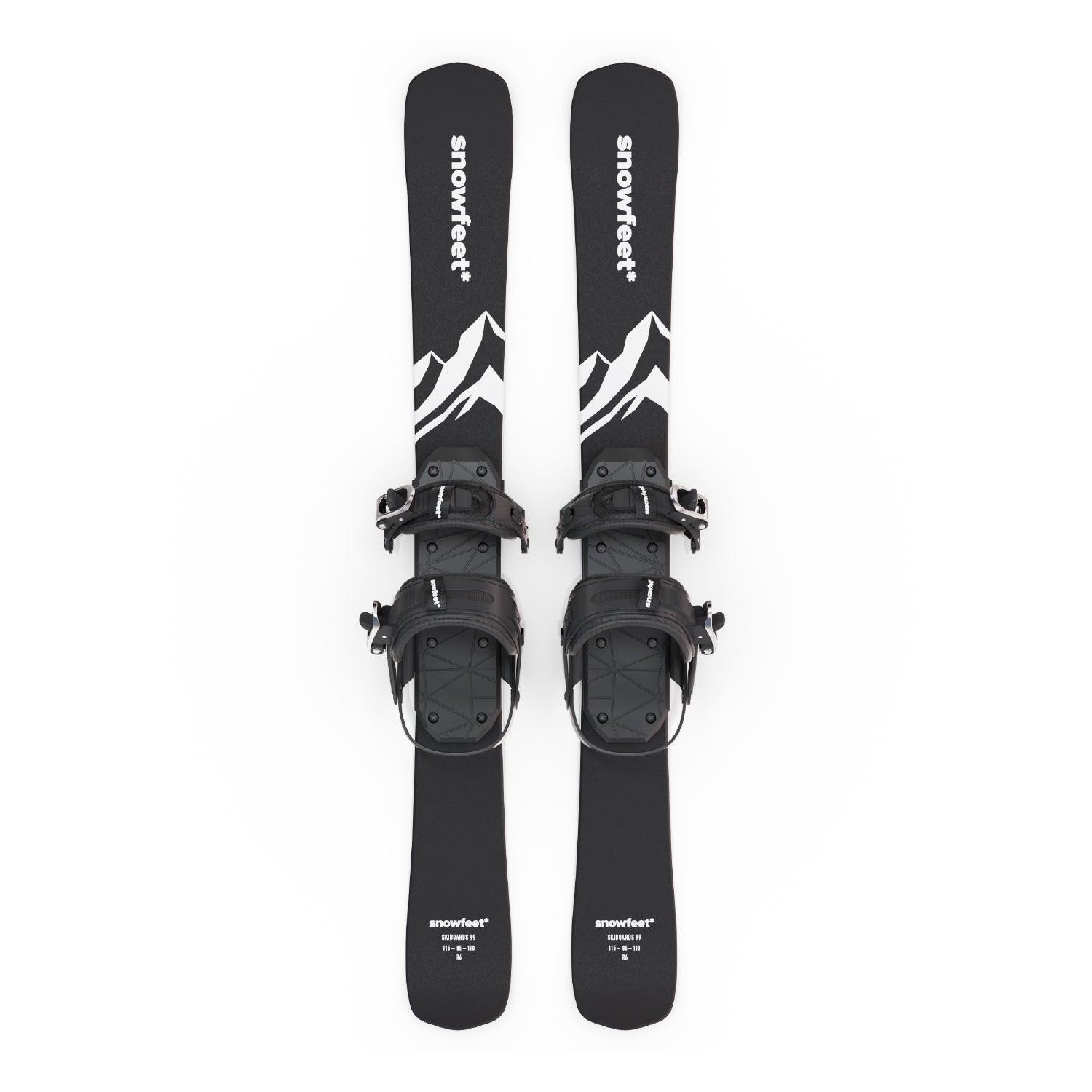
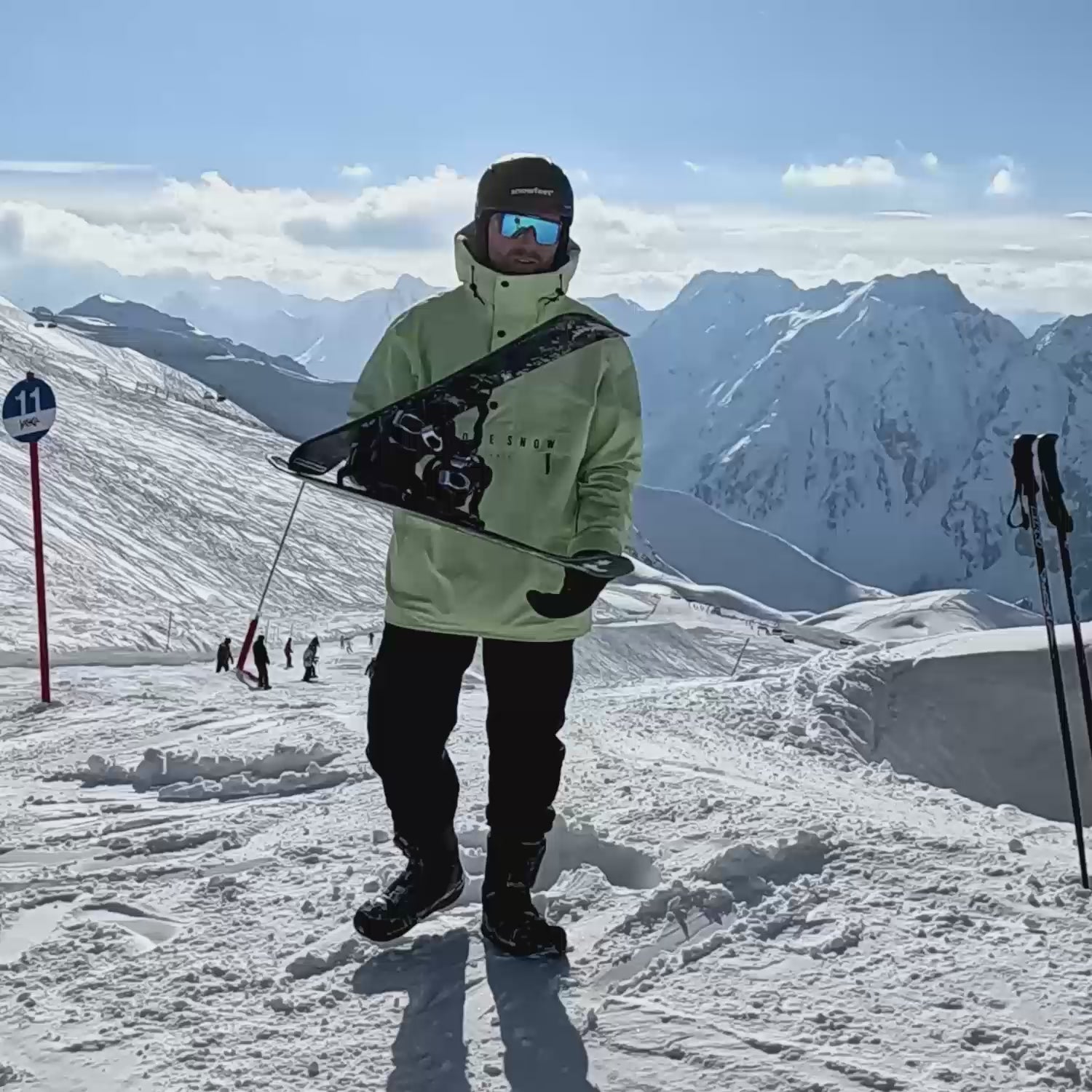
Leave a comment
This site is protected by hCaptcha and the hCaptcha Privacy Policy and Terms of Service apply.